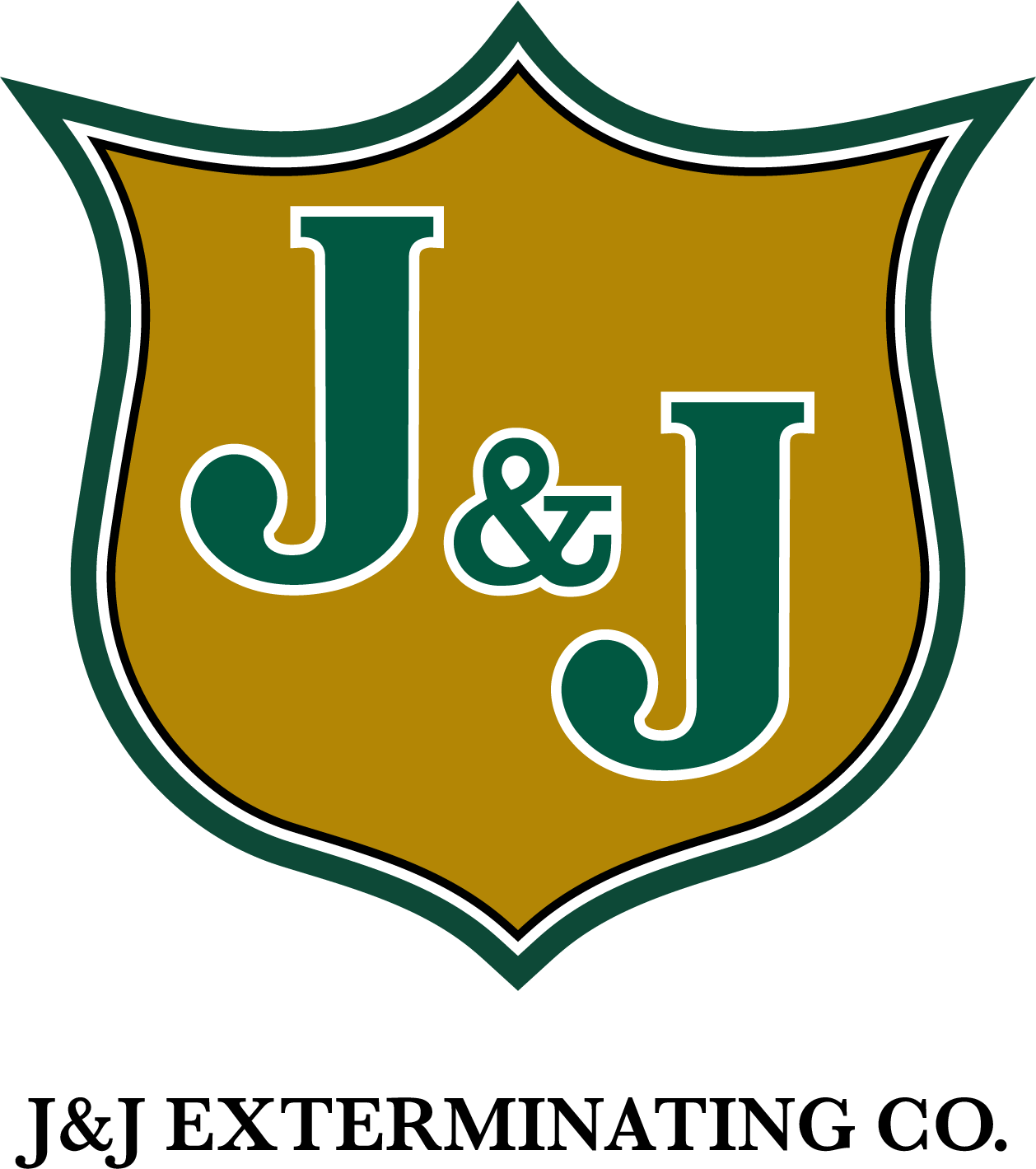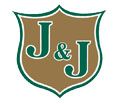Since Yellow Jackets Will Soon Be Scavenging In Residential Areas, It Is Important To Keep In Mind That Death Rates Resulting From Wasp Attacks Have More Than Doubled In Less Than 20 Years
With the exception of paper wasps (Polistes sp.), yellow jackets belonging to the genera Vespula and Dolichovespula are the most commonly managed stinging insect pests on residential and commercial properties nationwide. Given their preference for nesting and foraging in urban suburban areas where they benefit from human activity, the vast majority of medically significant and fatal yellow jacket envenomation incidents occur on residential properties, usually after individuals disturb nests. In the majority of cases, such nest disturbances are accidental, but it is not uncommon for homeowners to fall victim to attacks while attempting to remove yellow jacket nests without protective gear or professional pest control assistance.
Every year between 2000 and 2017, an average of 62 people in the United States succumbed to Hymenoptera envenomation, which is another way of saying they died from stings inflicted by wasps, bees and/or ants. Yellow jacket species were responsible for most of these fatalities, and nearly all died due to a severe allergic reaction to venom, or anaphylactic shock. Just last year in neighboring Mississippi, a 66 year old Adams County Sheriff deputy, Wayne Rabb, died due to anaphylactic shock caused by a single yellow jacket sting he sustained in his front yard. Despite being advanced in his years, Rabb was reportedly in good shape, and he had just learned of his allergy to insect venom not long prior to sustaining the fatal sting. Although the details leading up to Rabb’s attack were not reported, it seems likely that a wasp nest located nearby had become disturbed, and consequently, defensive toward outside threats.
A 2017 yellow jacket attack in Massachusetts occurred while the victim had been mowing his Foxborough lawn. The vibrations produced by the lawnmower likely disturbed ground-nesting German yellow jackets. Most yellow jacket species tend to nest in ground burrows as opposed to establishing aerial nests in trees, bushes, decks, and in structures. Yellow jackets excavate one or a few small holes in the ground to enter and exit their nest, and these holes are easy to miss, especially when obscured by long grass and other surrounding vegetation. Because of this, keeping lawns well groomed during the summer and fall seasons is tremendously important. Now that fall is quickly approaching, the flower nectar that yellow jackets rely on for sustenance will soon become scarce, and nests will become overcrowded with offspring. This will prompt yellow jackets to ditch their nests to seek out food scraps in residential and urban areas. When one or more foraging yellow jackets are encountered, it is best to let them explore and move on, rather than shoo them away.
Do you encounter foraging yellow jackets often during the summer and fall?
Tags: Wasp Control, Wasp Exterminator




